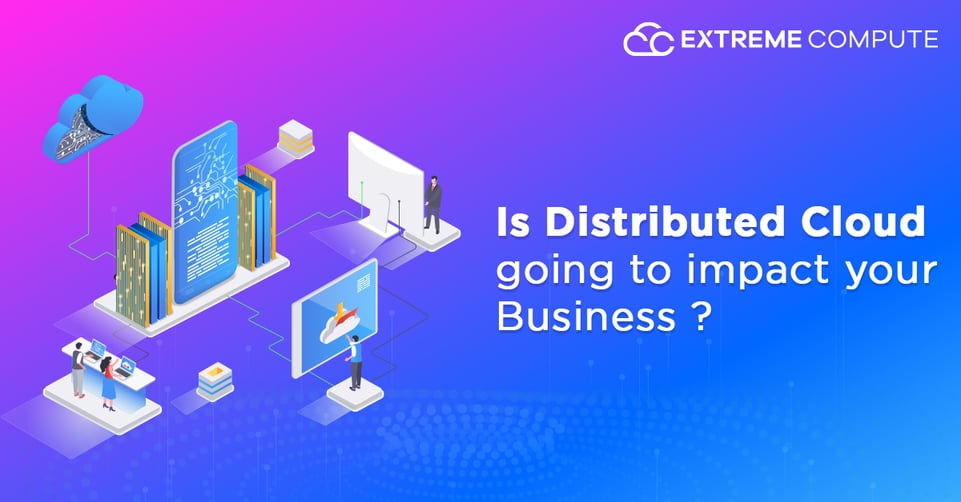
What makes a Cloud Distributed?
A Distributed Cloud is a form of cloud that runs services largely at the network edge and has geographically spread infrastructure. This is in contrast to the theoretical cloud model, which is based on a central data center. Organizations can reduce latency, network congestion, and the risk of data loss by using a distributed cloud approach. Furthermore, because data can be stored in the country where it was generated, firms can better assure compliance with data sovereignty requirements.
A provider supplying a version of cloud services in a hardware and software combination is referred to as a distributed service business model. The hardware and software would be managed and updated by the provider. The distributed service strategy is essentially the same as a software-as-a-service (SaaS) solution. Public Cloud resources are used by businesses, and private cloud data centers are located within them. However, the link between private and public clouds is shaky. Monitoring, orchestration, and provisioning are handled differently in public and private clouds. As a result, there is a lower cost of ownership, security and compliance gaps, as well as latency and governance difficulties.
How is it Powering the Future?
Distributed cloud provides shared cloud zones by strategically placing cloud computation, storage, and networking substations. The distributed cloud preserves the cloud's technical, economical, and operational advantages while improving performance, redundancy, security, and regulatory compliance. However, in order to achieve more control over expenses, cybersecurity, and governance, businesses require a single picture. They must also be able to take advantage of technical improvements in order for applications to work at their best.
Because a centralized cloud method adds delay, it's not appropriate for time-sensitive, bandwidth-intensive applications with a lot of interactivity. Computing is now done at your location, or within your company, thanks to the distributed cloud. Instead of transmitting all data to a central cloud location, you can now handle data-hungry and latency-sensitive AI, IoT, productivity, and other applications at the edge. Since the cloud is here to stay, it will continue to adapt to meet the needs of ever-changing and expanding applications and businesses. In terms of how computing will impact our lives and enable our business outcomes, we are yet to see the unexplored.
Is this Relevant to my Business?
The correct architecture for a world where smart devices are in everything and exist everywhere is distributed cloud with a cloud-agnostic approach. As your business steer towards your goals, the simultaneous expansion plans will call for an efficient way to optimize incoming data. Needless to say, data traffic will keep growing and the service of providing data optimization techniques through orchestration and reducing latency in accessing data will grow. Because, with the distributed cloud, it will now be possible to draw useful inferences and results from your applications and the data they generate.
